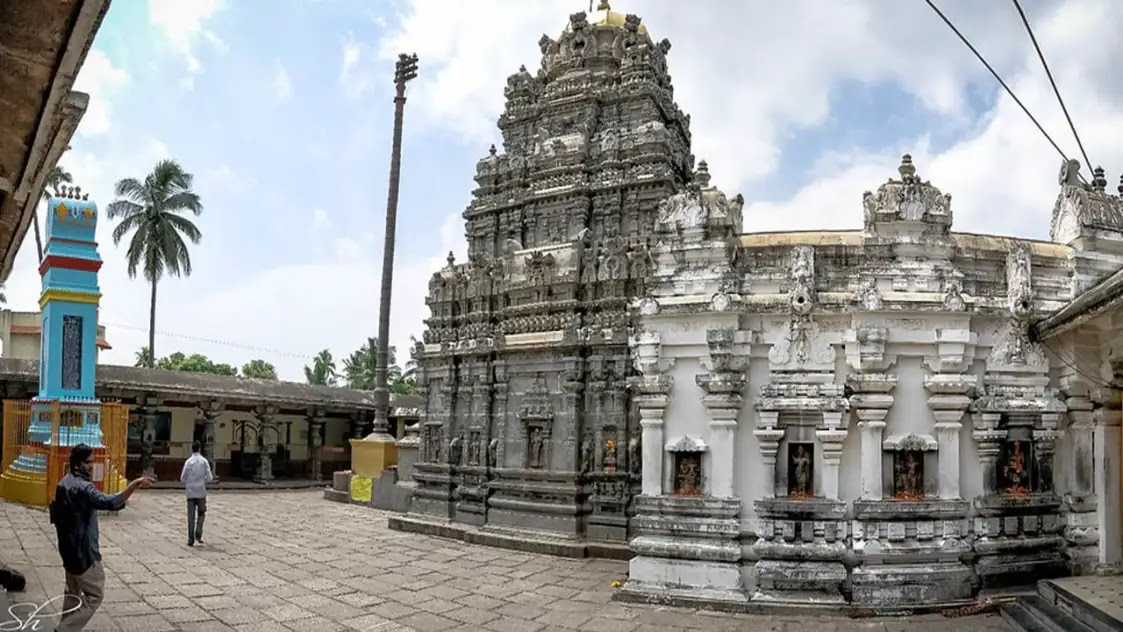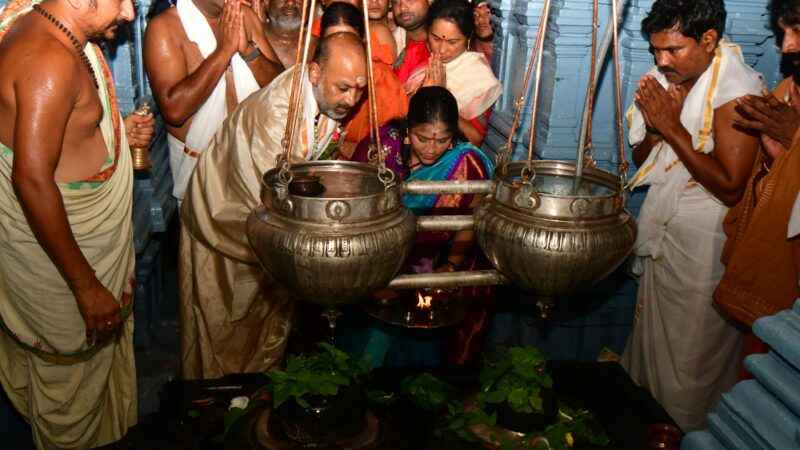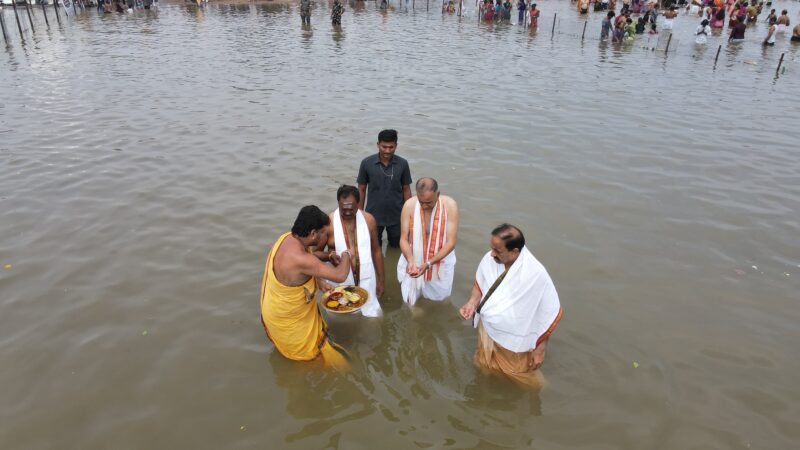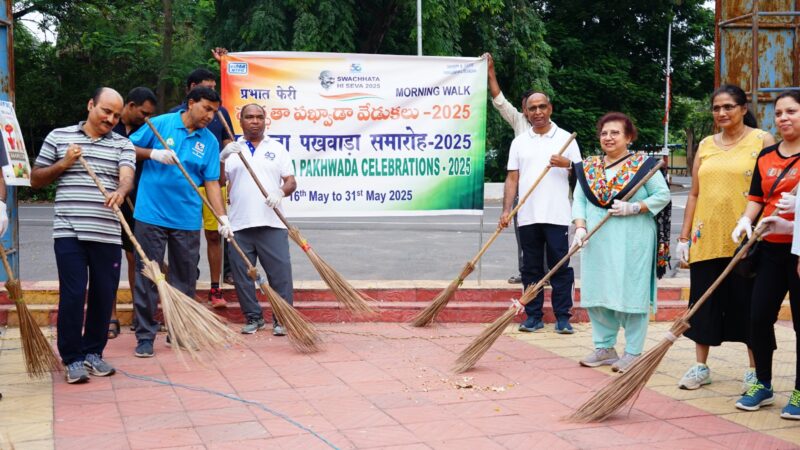Sri Kurmam: The Sacred Alternative to Kashi

NEWS CHARIOT:-When it comes to performing ancestral rites, most people think of Kashi (Varanasi). However, there is a sacred place in Andhra Pradesh that is believed to offer the same spiritual benefits as Varanasi. Those unable to visit Kashi often come here to perform their ancestral rituals.
It is believed that Goddess Ganga visits the holy pond, Shweta Pushkarini, in this sacred place every year on the fourth day of the bright fortnight of the Magha month. Devotees believe that Goddess Ganga purifies the sins of those who take a holy dip in this pond. This revered site is Sri Kurmam.
Located in Gara Mandal of Srikakulam district, the Sri Kurmam temple is famous as a Panchalinga Kshetra (a place with five Shiva Lingas) consecrated by Lord Brahma. Unlike other temples, this one has two flagpoles (Dwajasthambam), and the presiding deity, Kurmanatha Swamy, faces west, which is a rare feature.
Devotees believe that Goddess Ganga herself bathes in the holy Pushkarini of this temple. The temple is surrounded by vast enclosures and houses real turtles, symbolizing the Kurma (Tortoise) incarnation of Lord Vishnu.
Performing ancestral rites near the sacred Pushkarini and immersing the remains of ancestors here is believed to transform them into Saligrama stones over time. Because of this belief, many people who cannot visit Kashi come here for their ancestral rituals.
Since the 7th century, Sri Kurmanatha temple has been given great importance. Various dynasties, including the Kalinga, Andhra, and Chola rulers, contributed to the temple’s development.
Historical accounts also suggest that Lava and Kusha, the sons of Lord Rama, visited the temple. Within the temple premises, there are shrines dedicated to Sri Ramanujacharya, Sri Varadaraja Swamy, Sri Madhvacharya, and Sri Kodandarama Swamy.
In addition to its spiritual significance, the Sri Kurmam temple is a masterpiece of sculpture and architecture. The temple’s tower is designed in the shape of an eight-petaled lotus (Ashtadala Padma).
The eastern and southern entrances are adorned with intricate carvings, attracting art lovers and devotees alike. The temple features 108 stone pillars, each unique in design. The walls and ceilings are decorated with exquisite sculptures and mural paintings, making it a visual delight.
The Jyeshta Bahula Dwadashi festival marks the Jayanti (birth anniversary) of Lord Kurmanatha, and it is celebrated with great devotion and grandeur.Sri Kurmam stands as a significant pilgrimage site, blending mythology, spirituality, and artistic excellence, making it a must-visit for devotees and history enthusiasts alike.






